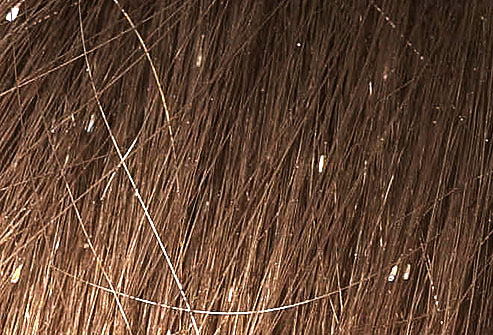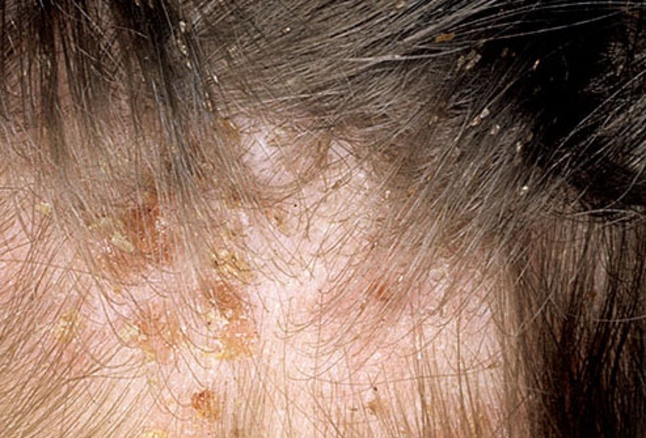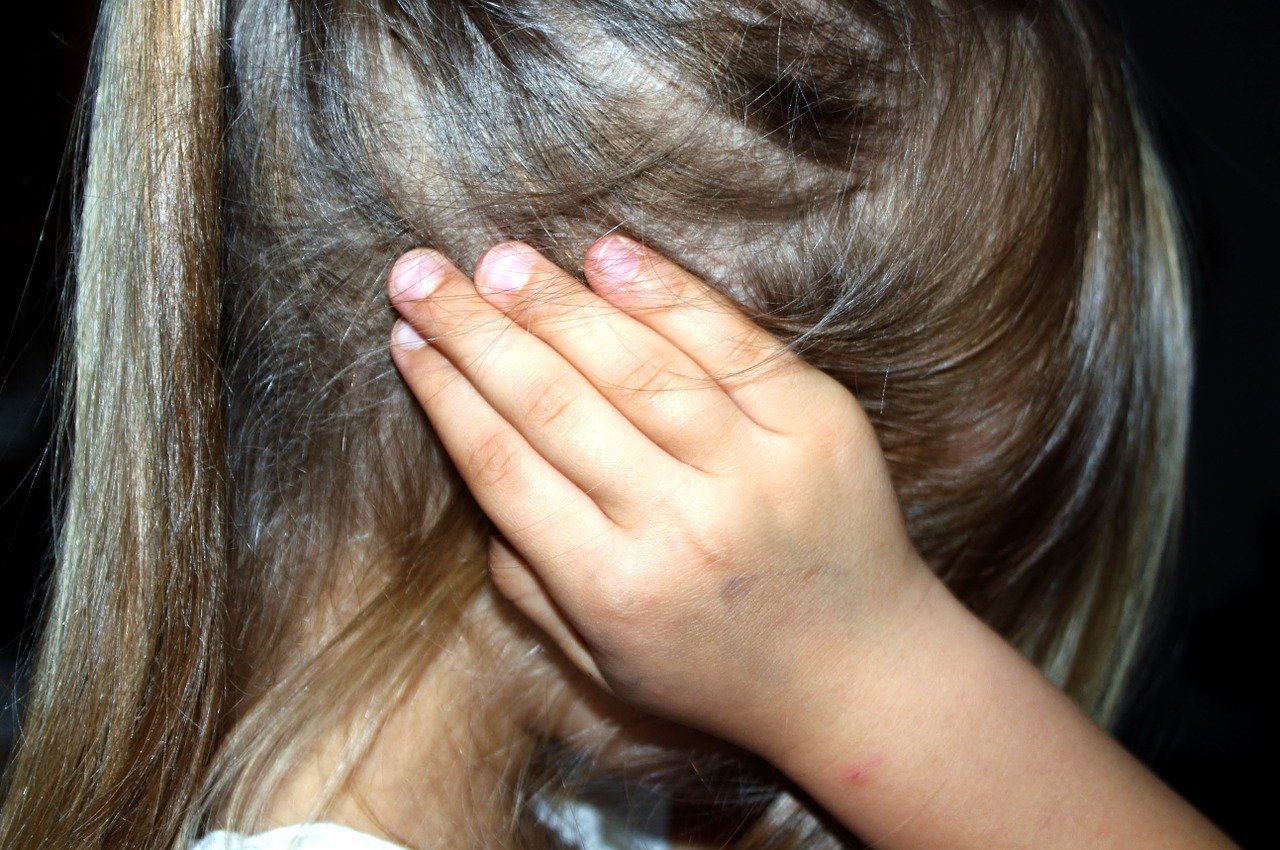Head lice are parasitic insects that feed on the blood of their hosts. They are some of the hardest pests to get rid of, because they are durable and have the tendency to keep coming back if you don’t implement re-infestation measures. But before you get rid of head lice, you should know the symptoms of head lice infestations.
Here is a list of the most common symptoms of head lice infestations.
1. Live head lice in your hair
Nothing could be more obvious that you have a head lice infestation than seeing live head lice in your hair. These are white six-legged pests that cling on your hair and scalp. They almost look like sesame seeds, and coincidentally they are the size of sesame seeds too.
Don’t underestimate head lice. They actually cling on you very tightly. You can’t simply get rid of them through combing or washing them away. They die quickly without a host, so when they are in a host, they will make sure to hang on tightly.
2. Small white objects in your hair
If you see white or yellow oval-shaped objects in your hair, they are possibly lice eggs, also known as nits. They are usually found near the scalp, with the hair around them serving as incubation. They hatch after about week.
You may confuse nits, dandruff, and flakes from hair products. But remember that they are oval-shaped and look more like eggs than dandruff and flakes that may have formed from hair products such as sprays.

3. Head lice in your personal belongings
Indeed, head lice cling tightly on their hosts. But this doesn’t mean that they don’t fall off. They may end up in your personal belongings, especially those that touch your head and hair. Give particular attention to clips, combs, helmets, pillows, ribbons, and towels.
If another person makes contact with these belongings that have head lice in them, they may acquire the head lice and start an infestation in their hair.
4. Head lice in your surroundings
Head lice really need to feed every few hours. Without feeding, the weak ones can die in a day while the strong ones can survive to up to two days only. Head lice are very vulnerable without a host, but don’t be complacent.
Two days is still a long time for them to look for a host. This can be a problem if you are near someone who has head lice. There may be head lice in your surroundings. You can find them in beds, chairs and sofas. You can also find them in your personal belongings, especially if you store these belongings near those that belong to the infested person.
5. Intense itching
Intense itching is one of the most common symptoms of head lice infestations. Itching occurs as an allergic reaction to head lice bites. The usual spots where itching occurs are the scalp, ears, neck, and shoulders.
Itching also doesn’t necessarily occur immediately. It may take a while for itching to occur. It’s not uncommon for itching to occur only after four to six weeks within a head lice infestation. This symptom may appear late, but it’s one of the most tell-tale signs of head lice.
6. Sores in your scalp and neck
Don’t underestimate itching as a symptom. It’s not just annoying and uncomfortable. It can also be a health risk on the right conditions. For example, too much scratching can lead to skin irritations. You may even see these irritations physically as red bumps or sores. You can usually find these in your scalp, ear, and neck area.
If you continue to scratch these bumps and sores, you may be looking at an infection. And that will make your head lice problem even more complicated. If the bumps and sores are building up and an infection seems imminent, don’t hesitate to seek help from medical professionals.

7. Difficulty sleeping
Intense itching, bumps and sores, and infections can become so uncomfortable that you will have a difficult time falling asleep. Sleep deprivation is an entirely different problem you have to deal with, but it is just as much as a health risk.
Sleep deprivation can lead to many complications, such as daytime fatigue, irritability, and weaker cognitive functions. To get adequate sleep, control the intense itching, bumps and sores, and infections that are preventing you to get a good night’s sleep.
You can try over-the-counter medications such as antihistamines. But make sure to read and follow the instructions on the label. It’s best to consult with your doctor for better results.
8. Feeling that something is moving in your head or hair
This is one of the more obvious ones among the symptoms of head lice infestations. If you feel like something is moving in your head or hair, you’re not getting paranoid. Your head or hair may already be hosts to these parasitic insects.
Because they are small and their movements seem minimal to us humans, they may feel ticklish in your head or hair. That may sound funny to some, but head lice infestations are no laughing matter.
Quick tips to get rid of head lice
If you have these symptoms, don’t hesitate to fight back. Get rid of your head lice problem with these quick tips:
- Use a lice comb. These are combs with gaps in them so thin that they can capture head lice. This is a good manual solution if you have the patience.
- Buy over-the-counter medication. There are shampoos and lotions that can help get rid of your head lice problem. Just make sure to read the instructions.
- Get prescription medication. Head lice have become stronger and many of them can’t be killed by over-the-counter medication anymore. You may try consulting your doctor and getting prescription medication instead.
- Use home remedies. Some medications have harsh ingredients. If you don’t want to risk it, you can go natural with home remedies, such as coconut oil and tea tree oil.
Head lice are not known to transmit diseases to humans, so the government doesn’t see them as a health hazard. But this doesn’t mean that you should be okay with having head lice. They can cause itching, bumps and sores, and infections – now these can be health hazards.
Know the symptoms of head lice infestations. And once you have confirmed you have head lice, don’t be afraid to have an all-out war with these pests.

